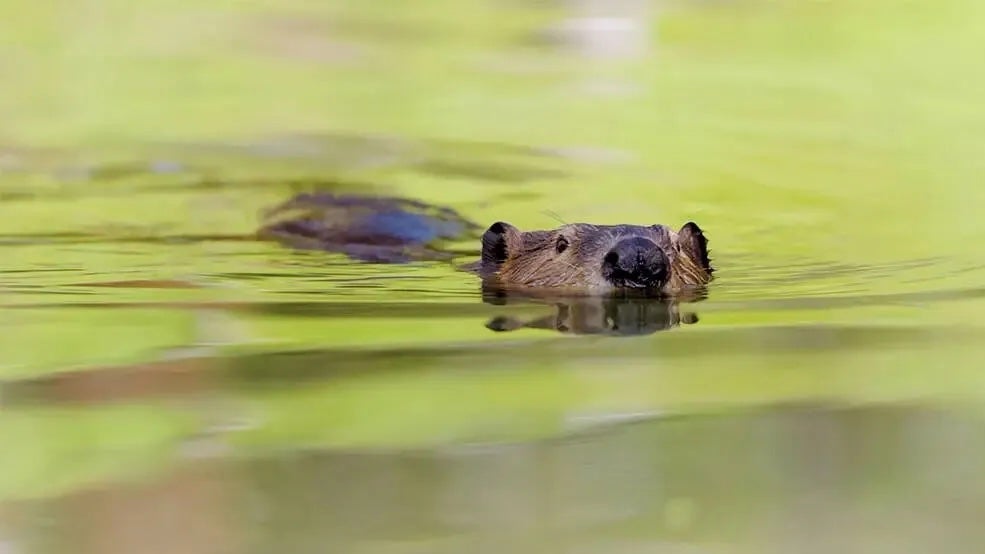Stargazers can catch the full beaver moon on Friday afternoon and the final supermoon of the year will appear bigger and brighter than usual.
NASA says that the moon will reach peak illumination starting at 4:29 p.m. EST with the sun setting that evening just a few minutes later, at 4:38 p.m.
Supermoons occur as a regular part of the moon’s orbit of Earth, according to NASA research scientist Dennis Gallagher.
“The moon’s orbit takes it around the Earth about once every 27 and one-third days,” Gallagher said in a blog post. “That time of closest approach to Earth, or perigee, happens three or four times each year due to the motions of Earth and the moon around the sun.”
The beaver moon, of course, is named for the animal itself. Beavers are the largest living rodents in North America and are known for their long, flat tails which they use to swim faster, balance, and make loud alarm calls. With large orange teeth, they cut down trees and other vegetation for food and building materials.
November is the month that beavers fortify their dams and stock up on food, preparing for the harsh winter months.
It was also the month that hunters would trap beavers for their thick, winter clothing. Beavers were nearly eliminated from much of their normal range in the late 1800s because of unregulated trapping. Populations right now are stable and they’ve re-established much of that area. There are an estimated 15 million beavers in the US today.

And, beavers have additional significance for the space agency.
NASA helps to measure the impacts of beaver rewilding in Idaho. The project uses NASA’s Earth-observing satellites to track the landscape’s transformation after beavers arrive.
These efforts help researchers at local universities to better understand the pace and nuance of beaver impacts without having to send people into remote areas.
NASA said that data showed when the semiaquatic mammals build dams across streams, they naturally disperse and hold water on the land longer. This creates habitats and supports more plants.
The dams also create more fresh drinking water, make the landscape more resilient, and provide better grazing land for cattle.
“I think, in a lot of ways, this beaver idea is starting to catch on. I think a lot of people are realizing that without beavers these watersheds basically deteriorate,” Jay Wilde, an Idaho cattle rancher, told NASA last year.







